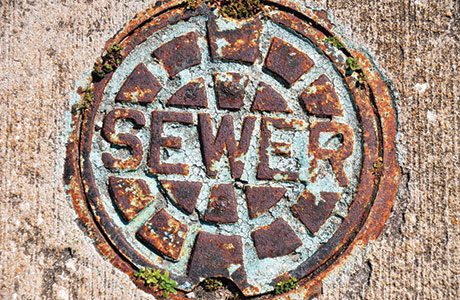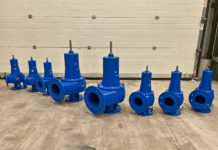An opinion piece from Brian Back, managing director of Radio Data Networks
HAVING been involved in the water and wastewater industries for over a quarter of a century, I am inclined to ask: Where are we going? After many years of trying to get “more for less” – with politicians and red-topped media shaping what it has become normal to expect – one would like to think the industry has been improving, becoming more efficient, delivering better value and reporting fewer incidents of pollution.

Yes, this is generally true. However, dive below the surface of this industry and you will often see an infrastructure that is literally decaying, with low levels of morale amongst those charged with its upkeep, and accidents waiting to happen.
To give the problem a sense of scale: According to a DEFRA 2012 report, the UK has circa 624,000 km of sewers and tens of thousands of pumping stations, feeding over 9,000 sewage treatment plants. Further, there are – according to the action group Surfers against Sewage – some 31,000 combined sewer overflows (CSOs). These are the safety release valves that can – during a storm – spill millions of tonnes of untreated sewage-laden water into our inland waterways and along our coastline.
The reality is, wherever you are in the country, if you look over a fence and through a pile of brambles you’ve a fair chance of seeing decaying sewage works and pumping stations. On one recent visit to a works I overheard a member of the public stating that “I thought that building [ had become ] disused years ago”. I rest my case.
If you don’t believe me, try the exercise yourself, if you can spot a works through the undergrowth. Collectively, there is probably enough grass growing out of gutters to re-turf an entire football stadium, plus enough brambles trailing across pathways and over buildings to keep out an army of Mongol hordes!
But back to serious matters: Grass in gutters eventually leads to structural decay of buildings and ultimately a big bang when water finds it way into the control panels and switchgear. Further, how would you feel as a member of staff if you had to visit and repair something that was rotting, full of spider’s webs, with doors hanging off hinges and littered with potentially unsafe safety railings and electrics?
Now switch on your x-ray vision and look below your feet and simply ask the question: Can our sewers really last for over 1000 years? Because based on existing replacement programmes that is exactly what is expected of most sewers!
In a society where we are happy to pay £2.00 for a bottle of water perhaps it is about time we woke up to the reality that we are probably under-investing in our water and wastewater infrastructure and the “more for less” culture has to stop before it is too late.
Radio Data Networks provides monitoring of critical water and infrastructure including pressure monitoring, sump alarms, leakage reduction, pumping station integration and sewer blockages.







